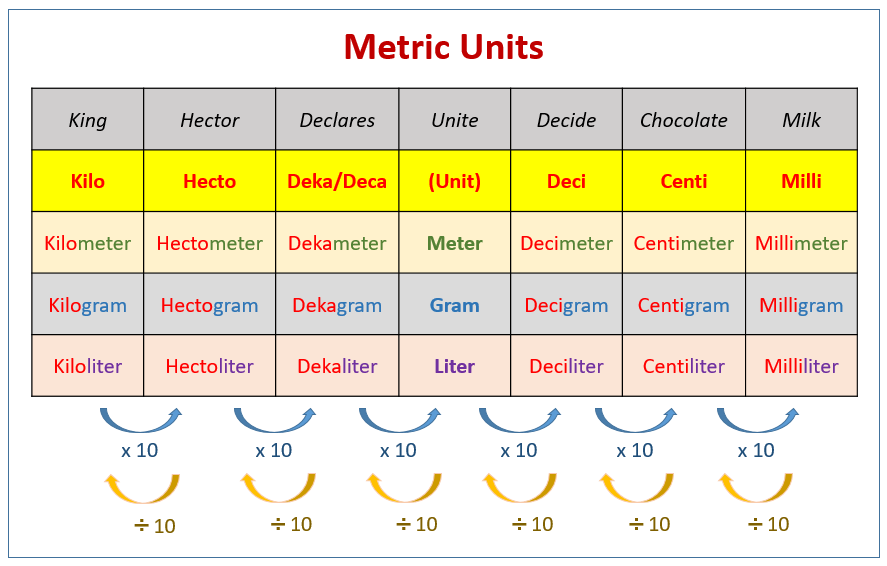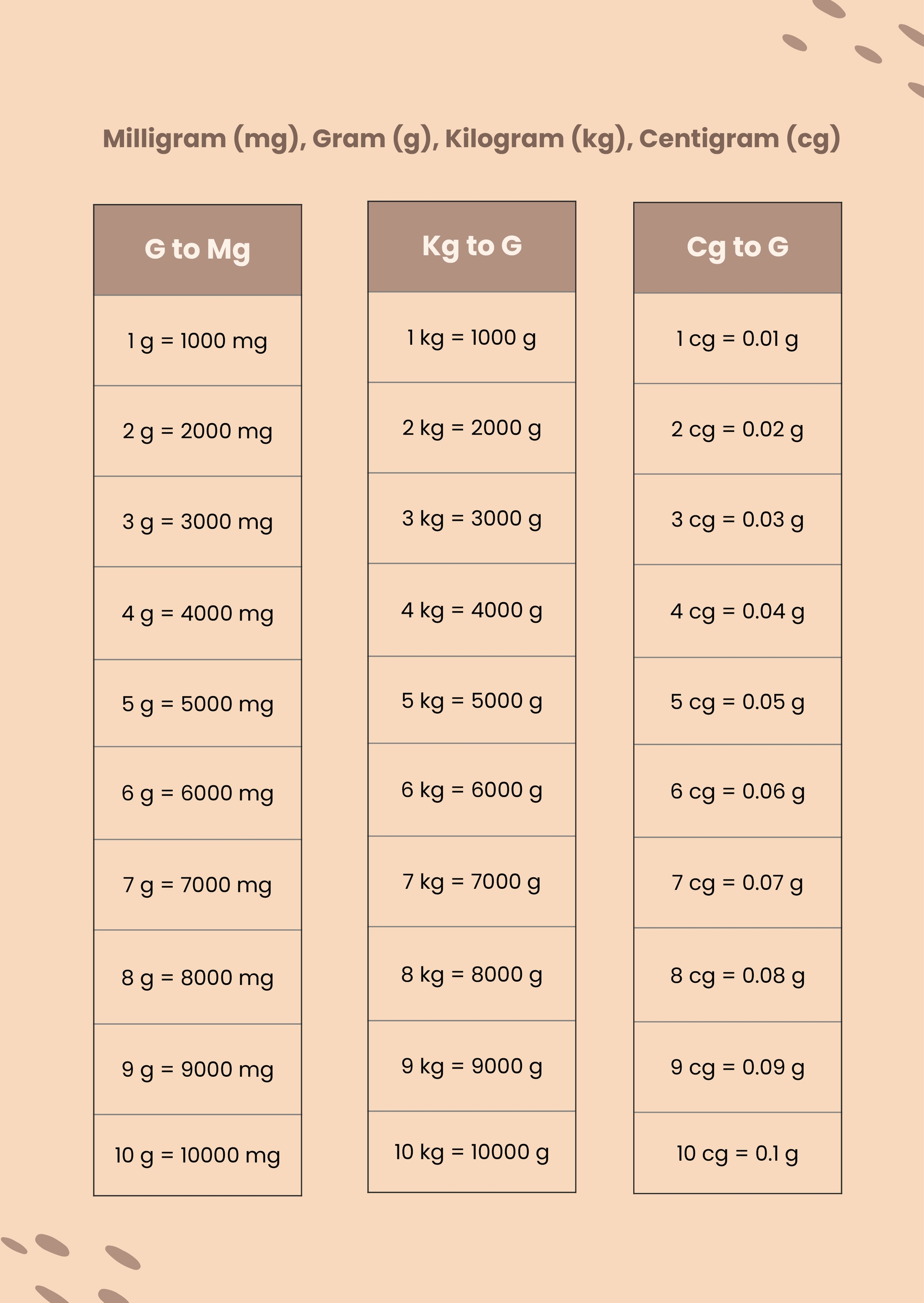What Is A Unit Rate - Understanding The Basics And Applications
When it comes to comparing quantities, a unit rate plays an essential role in simplifying the process. Imagine you're shopping for cereal and trying to figure out which box gives you the best deal. A unit rate helps by breaking down the cost per ounce, making it easier to decide. It's like getting the most bang for your buck, but in numbers. So, what exactly is a unit rate, and why does it matter in everyday life? Let's explore this concept that's more common than you might think.
Understanding unit rates doesn’t have to feel like cracking a code. It's actually quite simple once you get the hang of it. A unit rate compares two different measurements and expresses them in terms of one unit. For example, if you're traveling and want to know how many miles you cover in an hour, that's a unit rate. It's about finding out how much of one thing corresponds to a single unit of another. This concept is everywhere, from grocery shopping to calculating fuel efficiency.
Knowing what a unit rate is can help you make better decisions in various situations. Whether you're comparing prices, evaluating work efficiency, or planning a road trip, understanding unit rates makes things clearer. In this article, we'll break down the basics, show you how to calculate it, and share real-life examples to make it all click. Let's get started by answering some key questions.
What is a Unit Rate - The Core Concept
Alright, so what is a unit rate exactly? In simple terms, it’s a ratio that compares two different quantities and expresses them as a single unit. Think about it like this: if you're buying apples and the price is $6 for 3 pounds, the unit rate would tell you how much one pound costs. It's all about breaking things down to a manageable and relatable scale.
You might be wondering, why do we need unit rates? Well, they help simplify comparisons and make decision-making easier. For instance, when shopping, knowing the cost per ounce or per item can help you pick the better deal. Unit rates also come in handy when measuring speed, like miles per hour, or efficiency, like pages read per hour. It's a practical tool that keeps things straightforward.
How Do You Calculate What is a Unit Rate?
Calculating a unit rate is fairly straightforward. All you need to do is divide one quantity by the other. Let’s say you're driving and cover 300 miles in 6 hours. To find the unit rate, you divide the total distance by the total time: 300 miles ÷ 6 hours = 50 miles per hour. That’s your speed, or unit rate, in this scenario.
It's almost like unraveling a puzzle. Sometimes, you might deal with larger numbers, but the process stays the same. For example, if a student completes 63 jumping jacks in 3 minutes, the unit rate would be 63 ÷ 3 = 21 jumping jacks per minute. It's just a matter of dividing the total quantity by the time or other unit involved.
What is a Unit Rate Example in Real Life?
Unit rates aren’t just numbers on a page; they’re everywhere in real life. For example, when you buy gas for your car, the price is often given in dollars per gallon. That’s a unit rate. Similarly, if you’re comparing internet plans based on cost per gigabyte, you’re using unit rates to decide which plan suits you best.
Here’s another scenario: imagine you’re cooking and need to adjust a recipe for a larger group. If the original recipe calls for 2 cups of flour to serve 4 people, the unit rate would be 0.5 cups of flour per person. This helps you scale up the ingredients without overdoing it. Real-life examples like these show how unit rates are practical and useful in everyday situations.
Why is Knowing What is a Unit Rate Important?
Knowing what a unit rate is can save you time and money. It allows you to make informed decisions by comparing values in a clear and consistent way. For instance, when shopping for groceries, you can quickly determine which product offers the best value based on its unit price. This knowledge empowers you to stretch your budget further without sacrificing quality.
Unit rates also come into play in various professions. In construction, for example, workers might calculate the cost per square foot to estimate project expenses. In healthcare, professionals might use unit rates to determine medication dosages based on weight or time. It’s a versatile tool that finds its way into many aspects of life, making it a valuable skill to master.
What is a Unit Rate Used For in Everyday Situations?
Let’s break it down further. Unit rates are particularly useful when comparing prices. For example, if one brand of cereal costs $4 for 16 ounces and another costs $3 for 12 ounces, which is the better deal? By calculating the unit rate (price per ounce), you can see which option gives you more for your money. In this case, the first brand offers a better value.
Unit rates also help in evaluating performance. If you’re training for a marathon and want to track your progress, calculating your running pace (miles per hour) can give you insights into your improvement over time. Similarly, if you’re working on a project and want to measure your productivity, calculating the number of tasks completed per hour can help you stay on track.
How Can You Apply What is a Unit Rate in Daily Life?
Applying unit rates in daily life is simpler than you might think. For instance, when planning a road trip, knowing your car’s fuel efficiency (miles per gallon) can help you estimate how much gas you’ll need. This way, you can budget accordingly and avoid running out of fuel. It’s just a little calculation that can make a big difference.
Even when cooking, unit rates can be your secret weapon. If a recipe calls for 4 cups of rice to serve 8 people, you can quickly figure out how much rice you need for a smaller or larger group. It’s about adapting and making things work for your specific needs. So, next time you’re faced with a decision that involves comparing quantities, think about unit rates and how they can help.
What are Some Common Misconceptions About What is a Unit Rate?
Sometimes, people think unit rates are only useful in math class, but that couldn’t be further from the truth. They’re practical tools that apply to countless real-world situations. Another misconception is that unit rates are always about money. While they often involve prices, they can also relate to time, distance, and other measurements.
Some folks might believe unit rates are complicated, but they’re actually quite simple once you understand the concept. It’s just about dividing one quantity by another to find out how much of one thing corresponds to a single unit of another. So, if you’re comparing miles per hour or cost per ounce, you’re already using unit rates without even realizing it.
What is a Unit Rate - A Step-by-Step Guide
Now that we’ve covered the basics, let’s walk through a step-by-step guide to calculating unit rates. First, identify the two quantities you want to compare. For example, if you’re calculating fuel efficiency, you might compare miles driven to gallons of gas used. Next, divide the total of one quantity by the total of the other. Finally, simplify the result to express it as a single unit.
Here’s an example: if a van travels 300 miles on 12 gallons of gas, the unit rate would be 300 miles ÷ 12 gallons = 25 miles per gallon. This tells you how far the van can travel on one gallon of gas. It’s a straightforward process that can be applied to various scenarios, making it an essential skill to have.
What is a Unit Rate - Tips for Mastering the Concept
To get better at working with unit rates, practice is key. Start by identifying situations where unit rates can be useful, like comparing prices at the grocery store or calculating your running pace. Then, try calculating the unit rate for each scenario. You might be surprised at how often this concept comes into play.
Another tip is to keep things simple. Don’t overcomplicate the calculations. Just focus on dividing one quantity by the other and expressing the result as a single unit. Over time, you’ll become more comfortable with the process and start noticing unit rates in all sorts of places. It’s all about practice and paying attention to the details around you.
Table of Contents
- What is a Unit Rate - The Core Concept
- How Do You Calculate What is a Unit Rate?
- What is a Unit Rate Example in Real Life?
- Why is Knowing What is a Unit Rate Important?
- What is a Unit Rate Used For in Everyday Situations?
- How Can You Apply What is a Unit Rate in Daily Life?
- What are Some Common Misconceptions About What is a Unit Rate?
- What is a Unit Rate - A Step-by-Step Guide
In summary, understanding what a unit rate is can greatly enhance your ability to make informed decisions in various aspects of life. From comparing prices at the store to evaluating performance in sports or work, unit rates simplify comparisons and provide clarity. By mastering this concept, you can save time, money, and effort while gaining valuable insights into the world around you.

Chart Of Metric Units

System Units - English Unit (Compare to SI Units). The International

Chart Of Metric Units